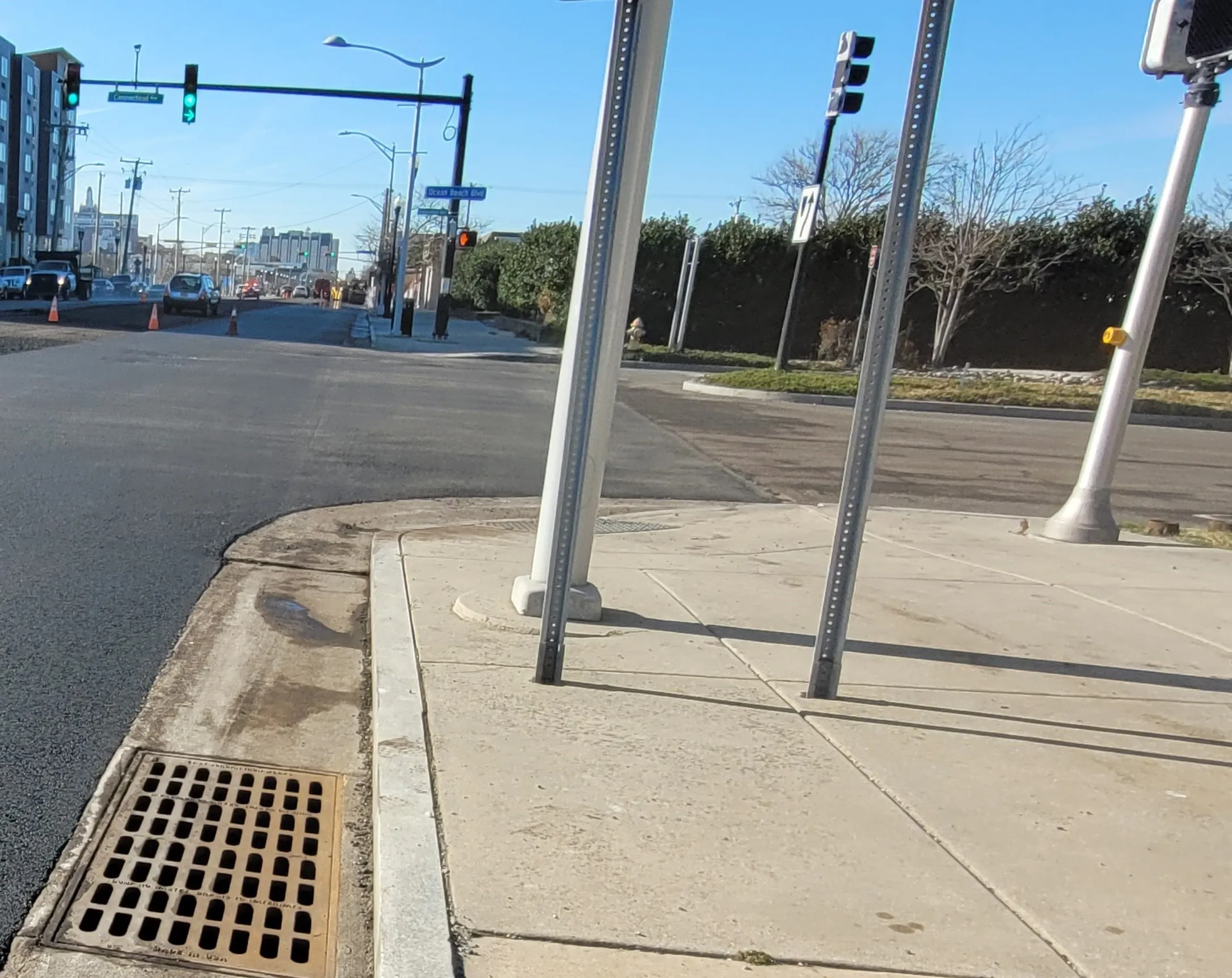A consortium led by Mota-Engil has won a tender for the construction and operation of a stretch of Mexico's Tuxpan-Tampico highway.
The Tuxpan-Tampico highway links two of Mexico's busiest Gulf coast ports and will be the first project in the country to be developed under the public-private partnership (PPP) law's unsolicited proposal provision.
The project involves the construction of a highway south of the city of Tuxpan, from the junction with the Tihuatlán-Tuxpan highway to the connection with the
October 1, 2014
Read time: 2 mins
A consortium led by Mota-Engil has won a tender for the construction and operation of a stretch of Mexico's Tuxpan-Tampico highway.
The Tuxpan-Tampico highway links two of Mexico's busiest Gulf coast ports and will be the first project in the country to be developed under the public-private partnership (PPP) law's unsolicited proposal provision.
The project involves the construction of a highway south of the city of Tuxpan, from the junction with the Tihuatlán-Tuxpan highway to the connection with the Tuxpan-Tampico federal highway in Tamaulipas. Works will require an investment of US$475 million and includes building a 159 kilometre highway with a 12 metre wide cross section, two 3.5 metre traffic lanes and road shoulders, along with five bypass junctions and 60 structures.
The project, with anticipated traffic of 5,000 vehicles per day, aims to improve road connections between central Mexico and northeast states and is part of the 2013-2015 Infrastructure Investment Program launched by Mexican President Enrique Pena Nieto.
Mota-Engil will be required to build the highway's 107 kilometre Tuxpan-Ozuluama stretch and maintain and operate it for 30 years.
The Tuxpan-Tampico highway links two of Mexico's busiest Gulf coast ports and will be the first project in the country to be developed under the public-private partnership (PPP) law's unsolicited proposal provision.
The project involves the construction of a highway south of the city of Tuxpan, from the junction with the Tihuatlán-Tuxpan highway to the connection with the Tuxpan-Tampico federal highway in Tamaulipas. Works will require an investment of US$475 million and includes building a 159 kilometre highway with a 12 metre wide cross section, two 3.5 metre traffic lanes and road shoulders, along with five bypass junctions and 60 structures.
The project, with anticipated traffic of 5,000 vehicles per day, aims to improve road connections between central Mexico and northeast states and is part of the 2013-2015 Infrastructure Investment Program launched by Mexican President Enrique Pena Nieto.
Mota-Engil will be required to build the highway's 107 kilometre Tuxpan-Ozuluama stretch and maintain and operate it for 30 years.









